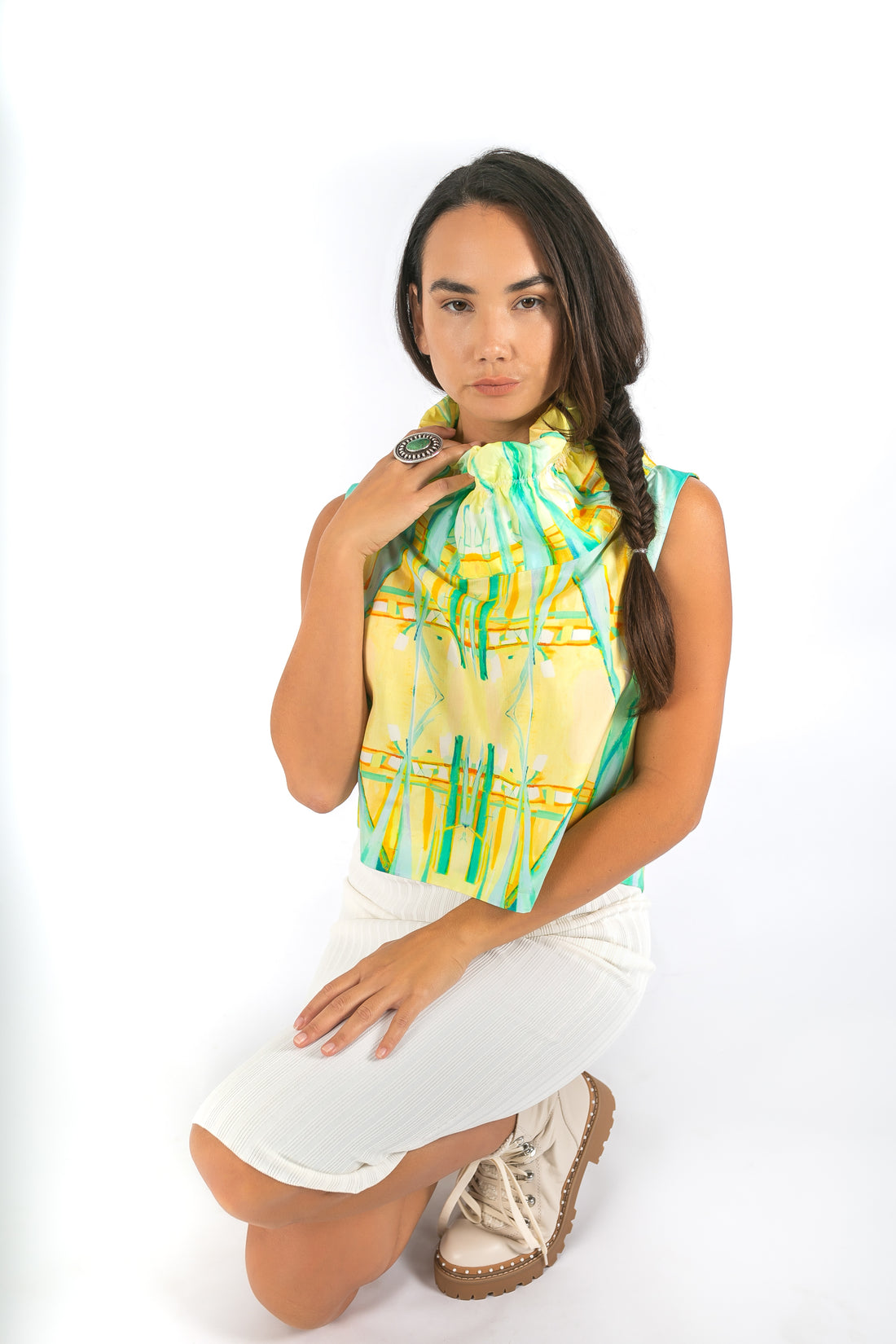
FASCINATING FACTS ABOUT THE EVOLUTION OF FASHION FABRIC DYE
Share
When the first humans created clothes made from cotton, no dye was used at all - garments were created from fabric in their natural color -- usually tan or gray. Over time, apparently the need to distinguish gender and class was perceived as important, and so natural dyes were used to make some clothing look “better” or “male” or female.”

The most expensive natural dye was called Tyrian purple, which came from small snails. It took 8,000 snails to produce a single gram of Tyrian purple. Although beautiful, Tyrian purple, named after the city of Tyre, retained a fishy smell even after it had been made into a garment.
Later, Indigo blue dye was made from the leaves of fermented Indigo plants. Red was also an expensive dye because it was made from a little bug found in Mexican cactus called the cochineal. It typically took 70,000 female cochineal insects to make 1 pound of red dye.
The people who could afford dyed garments tried to ensure that the regular people would not wear the same clothing as them. For example, in some countries it was against the law for ordinary people to wear red, although people broke the rules all the time; some Japanese lined their kimonos in red, or secretly wore red underwear.
Due to expensive natural fabric dyes and laws about who could wear certain colored clothing, wealthy people wore brightly colored clothing while less wealthy people wore clothes in shades of tan, gray, green, or brown.
Fast forward to the middle of the 1800s when synthetic dyes were invented. There was an increased interest in chemistry at that time and first a mauve dye called “mauviene” was invented and produced in a London factory. Magenta and other brightly colored synthetic dyes were also made from chemicals and easily produced in factories.

Colors that were once restricted to only the wealthy became available to more people as brightly colored fabrics become cheaper to produce. Even the poorest of people could afford to wear vibrant colors. Eventually fashion fabrics were even colored with neon and other unusual colors.
We have recently noticed that fashion consumers are moving away from wearing fashion fabrics tinted using synthetic dyes. Interest in the application of natural dyes in the textile and fashion industry has increased, mainly due to the environmental and health related problems associated with the use of synthetic dyes.
Most textile designers want to create print designs for fashion fabrics that use natural dye so they are non-toxic for the workers who make it, non-toxic for the people who are wearing it, and non-toxic for the environment that receives used clothing. They also want the option of using vibrant colors, which is entirely possible using natural dyes, although it may take a while for the textile industry to reconfigure its manufacturing processes.
CREDITS:
Fabric Design: IG @daniellenelisse
Photographer: IG @brittneybakerphotographymaui
Model: Brigitte Axelrode in Hawaii (IG @gigilaxel)